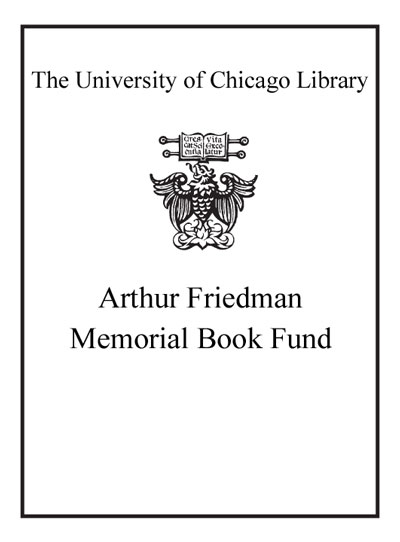Review by Choice Review
Sanders (Univ. of Nottingham, UK) attempts the difficult feat of presenting--in one volume--an overview of early modern drama, along with scholarly approaches to it and its social and cultural history. She mostly succeeds, and the fact that she is not entirely successful is due more to the enormity of the task than to her skill and scholarship. Sanders makes some interesting and worthwhile choices-using genre as an organizing principle instead of chronology, for example, and using brief case studies to look at topics like playing space and props. It is perhaps inevitable that a discussion would end just as a topic gets interesting. As just one example, she devotes a mere four pages to women in revenge tragedies and so is forced to make sweeping statements even about the one play she chooses as her focus. Another problem is that the photographs are few and uninspired, often not conveying what their captions say they do. The writing is lively and approachable, and both the chronology and bibliography are excellent. This would be a good resource for a mid-level class on early modern theater, but this reviewer is left wishing Cambridge had given Sanders 100 more pages, or a smaller task. --Annalisa Castaldo, Widener University
Copyright American Library Association, used with permission.
Review by Choice Review

